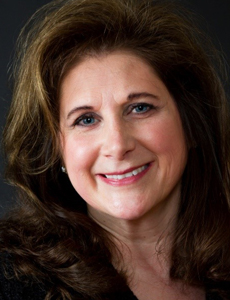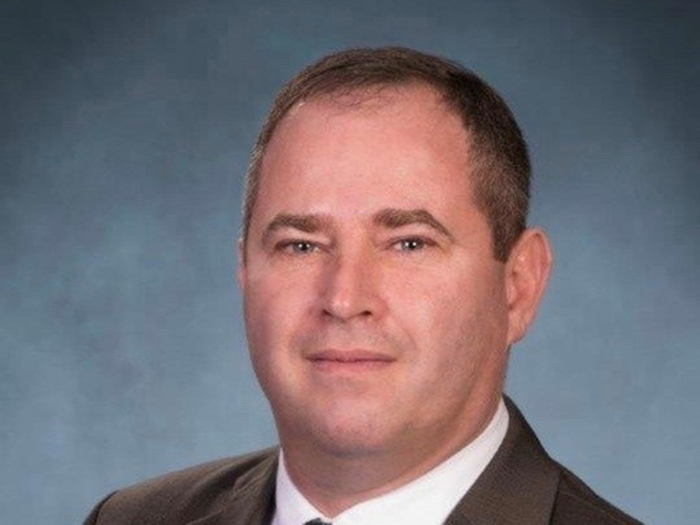Health Care
Readmission Risks

Hospitals are caught between pressure from the Affordable Care Act to discharge patients quickly to their homes and the financial penalties they face if patients are readmitted.
To mitigate the risk, hospitals are focusing on patient education as well as ancillary services such as case and discharge managers to help patients assume greater responsibility for their follow-up care, including medications, nutrition and use of medical equipment.
This requires a coordinated, multidisciplinary effort that starts with a patient’s admission to the hospital, said Terri Nichols, director of risk management, PeaceHealth.

Terri Nichols, director of risk management, PeaceHealth
“In a culture of safety, we think ahead about the discharge environment. We think about home assessments,” she said. “We think about grip bars in showers. We think about who will help an elderly relative up the stairs. We think about teaching family members how to inject medications.”
Planning for discharging patients is crucial because inadequate information or preparation, or discharge into unsafe environments significantly increases the chances of readmission.
“Proactive discharge plans have reduced readmission rates significantly,” said Dana Welle, chief medical officer, The Risk Authority, Stanford, Calif.
Lower Reimbursements
Most U.S. hospitals are projected to receive lower reimbursements from Medicare in fiscal 2016 because too many patients return within 30 days of discharge, according to “Modern Healthcare.”
Fewer than one-quarter (23 percent) of more than 3,400 hospitals subject to the ACA’s Hospital Readmissions Reduction Program (HRRP) performed well enough in 2015 on the Centers for Medicare and Medicaid Services (CMS) 30-day readmission program to escape penalty.
Statistics about hospital readmissions are confusing and contradictory. — Pamela Popp, executive vice president and chief risk officer, Western Litigation
HRRP targets higher-than-average readmissions for heart attacks, heart failure and pneumonia, and it stepped up penalties from 1 percent in 2013 for to 2 percent in 2014 to 3 percent in 2015.
The problem, however, is especially intractable among the homeless, Nichols said.
Seven in 10 homeless individuals who were discharged were readmitted, visited the emergency room or returned for an observation stay, according to the National Center for Biotechnology Information.
Interpreting the Numbers
Statistics about hospital readmissions are confusing and contradictory, said Pamela Popp, executive vice president and chief risk officer, Western Litigation.
While the proportion of hospitals receiving a penalty increased to 78 percent in 2015 — up from 66 percent in 2014, according to The Henry J. Kaiser Family Foundation – penalties remain below 1 percent, although the maximum cap rose in 2015 to 3 percent.
It’s unclear what those numbers say about hospitals’ efforts to control readmission because of some changes in the regulations, said Popp.
CMS added two more diagnoses — chronic obstructive pulmonary disease, and hip and knee replacements — to its performance criteria in 2015, significantly raising the potential universe of tracked readmissions.
And the ACA requires more reporting about readmissions than in the past, forcing hospitals to acknowledge that admissions that wouldn’t have been counted in the past – often for sepsis – are related to a prior admission.
About half of the sepsis infections are preventable, and they accounted for roughly the same percentage of hospital readmissions in California as heart attacks and congestive heart failure in 2015, according to UCLA research.
Follow-Up Strategies
Preventing avoidable readmissions depends on unbroken communications between patients, care providers and care managers, said Popp.

Pamela Popp, executive vice president and chief risk officer, Western Litigation
“Make sure patients and families know what normal healing looks like as opposed to an acute condition,” she said.
Often, she said, patients and caregivers fail to comply with follow-up instructions, either because they don’t understand what is necessary or are not able to.
“They can’t afford their meds, or they can’t afford to stay home from work. Then they put a recovering child back in day care, and the providers miss symptoms until there’s another crisis,” Popp said.
An increasing number of hospitals phone patients immediately after discharge to check on their condition and later to remind them of follow-up visits, Welle said. Some send doctors or nurses within 24 hours of discharge to re-evaluate patients.
Some contract with rehabilitation and home health services to provide follow-up care.
Hospitals will also engage their quality control and risk management departments to monitor and implement the new interventions, she said.
“It’s not enough to simply put interventions in place. There must also be a way to measure if they’re helping,” she said.
To prevent misallocation of time, attention and resources, it’s important for the risk management community to understand that “most of the factors leading to a readmission have nothing to do with the quality of clinical care,” Popp said.
“It’s a communications issue.”
Readmissions should be reported all the way up to the board of directors, Welle said, because senior-level involvement may increase funding for external resources such as additional discharge nurses or contracts with rehabilitation and home health services.
The insurance industry also can play a role in reducing readmissions, Popp said, by ensuring that hospitals track and learn from readmissions.
Investigation into its readmission rate should be part of the underwriting process, she said, especially for those related to sepsis.
“Look for adequate discharge instructions and follow-through,” she said.










